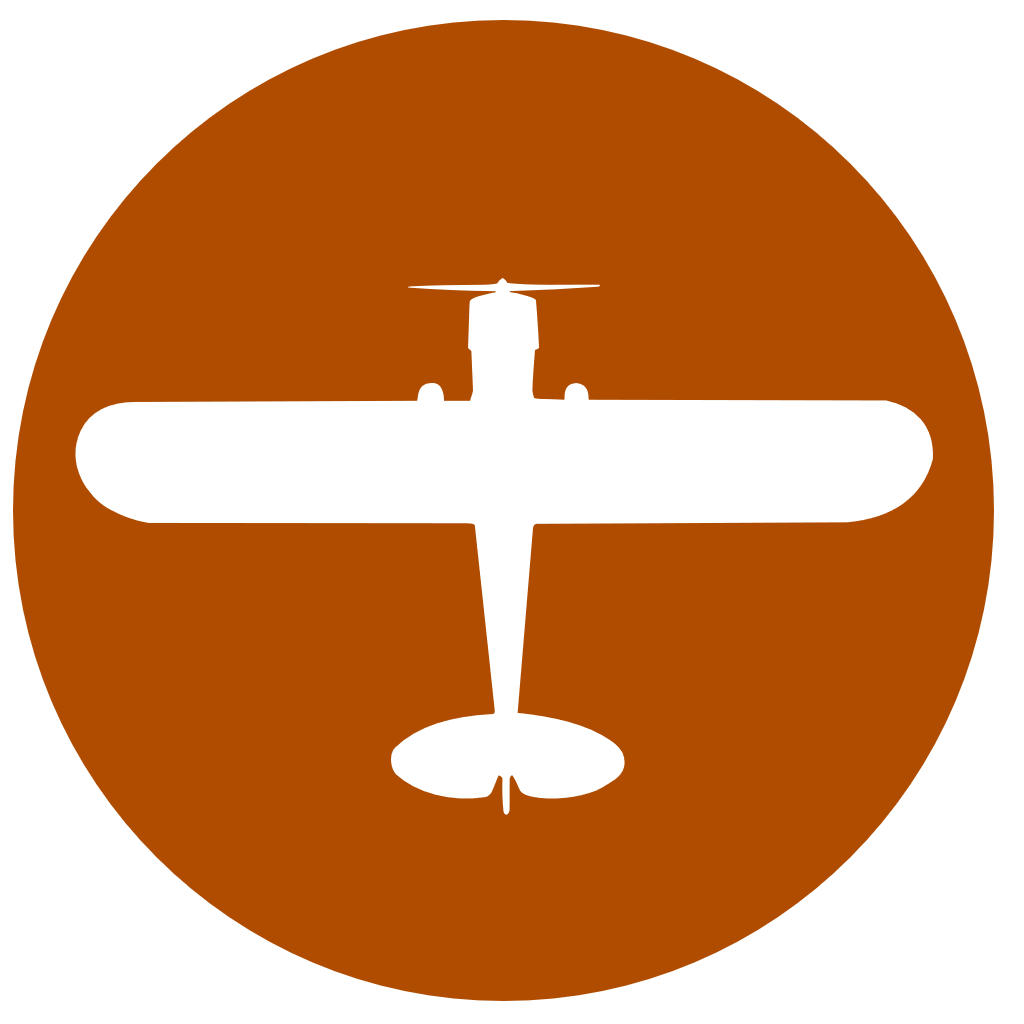Runway
-
Length
3200
-
Width
75
-
Surface
TURF
Details
-
Facility ID
new
-
Elevation
120 ft
-
CTAF
122.9
-
State
TX
Location
Lat: 30.35057778646 , Long: -95.11514735220 - , USA


Add a review